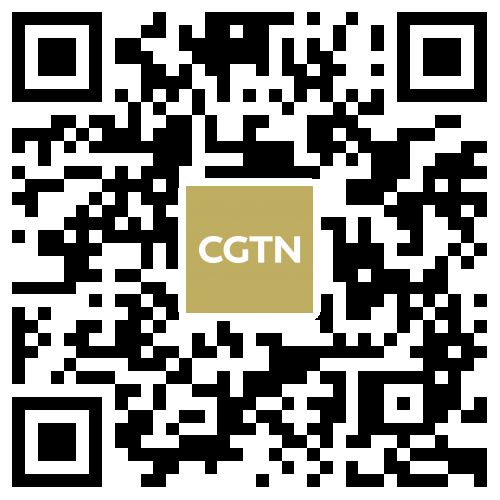
Tech & Sci
18:18, 19-Jul-2017
China's first X-ray astronomical satellite to start regular observations in November

China's first X-ray astronomical satellite, launched in mid-June, is expected to start regular observations in November and its data will be open to scientists all over the world, the main designers of the satellite's data system recently said.
The 2.5-ton Hard X-ray Modulation Telescope (HXMT), dubbed "Insight", transmitted its first data to a ground station on its second day in orbit. The data proved to be of good quality, and the telescope detected a gamma-ray burst 10 days after its launch.
"We will finish calibrating all instruments within the first five months in orbit before 'Insight' starts regular observation," said Song Liming, one of the deputy chief designers of the HXMT science ground segment, and a scientist from the Institute of High Energy Physics (IHEP) of the Chinese Academy of Sciences (CAS).

Staff load HXMT on to the launch pad. /CCTV Photo
Staff load HXMT on to the launch pad. /CCTV Photo
"After starting regular observation, the telescope will spend 30 to 40 percent of its first year scanning the Galactic plane and the rest of the time on pointing observation," said Qu Jinlu, one of deputy chief designers of the HXMT science ground segment and a scientist with IHEP.
"We divide the galactic plane into 19 sky zones. It will take the telescope over two hours to scan each and about two days to finish the whole, if we don't count the time to avoid the sun," said Qu.
"Insight" will see recurrent and even periodic outbursts of known sources, and is good at searching for new sources that are transiently bright in X-rays.

The HXMT has been developed by China. /CCTV Photo
The HXMT has been developed by China. /CCTV Photo
"If the telescope detects a new source, we will assess its scientific value right away to decide whether it's worth a pointing observation," Qu explained.
"After one year, the data will be open to everybody. Even middle school students will be able to download our data, if they are interested," said Song, whose team will build a calibration database and offer more than 300 data products.
"We will process the original data into products that are up to international standards, so that it's easy for scientists from around the world to analyze for further information, such as the energy spectrum or light curve," Song said.
(Source: Xinhua)
Related Stories:

SITEMAP
Copyright © 2018 CGTN. Beijing ICP prepared NO.16065310-3
Copyright © 2018 CGTN. Beijing ICP prepared NO.16065310-3